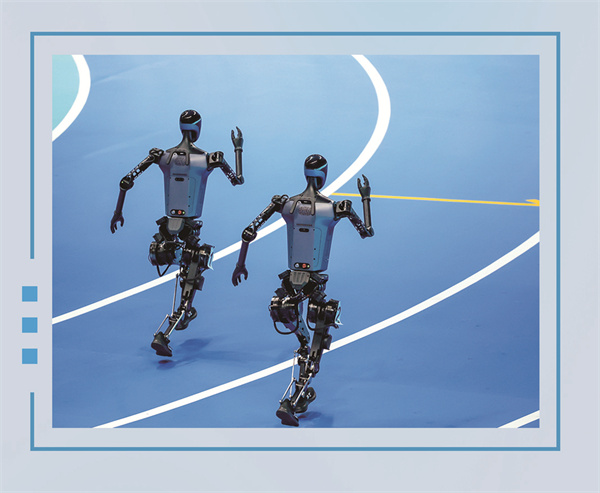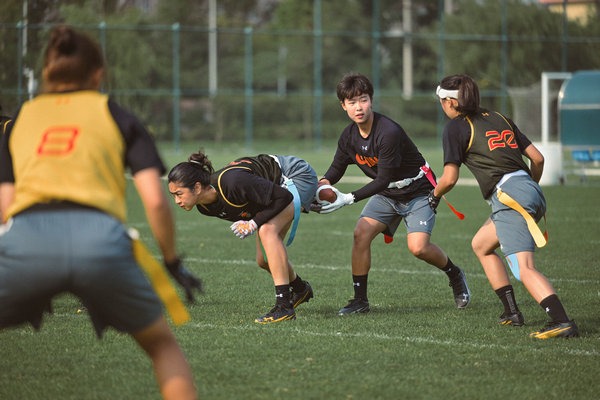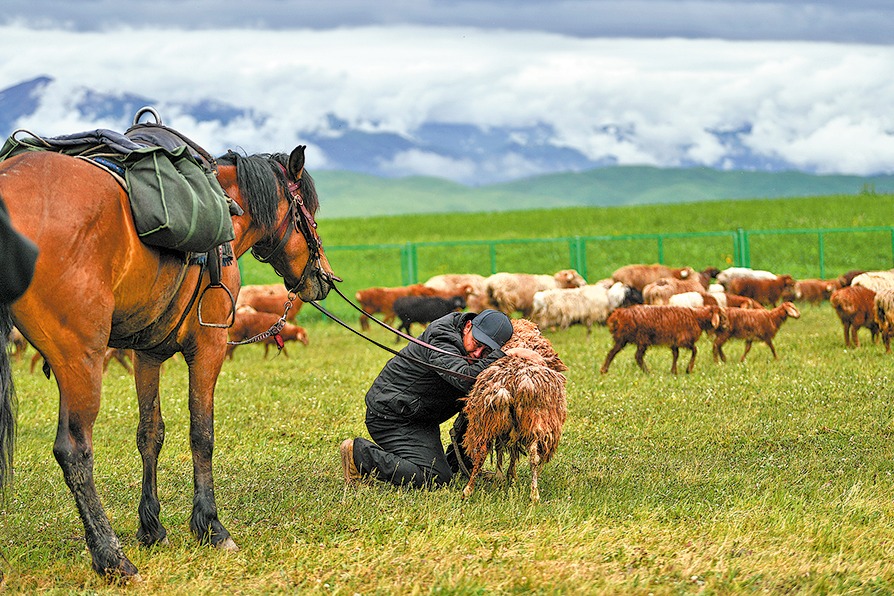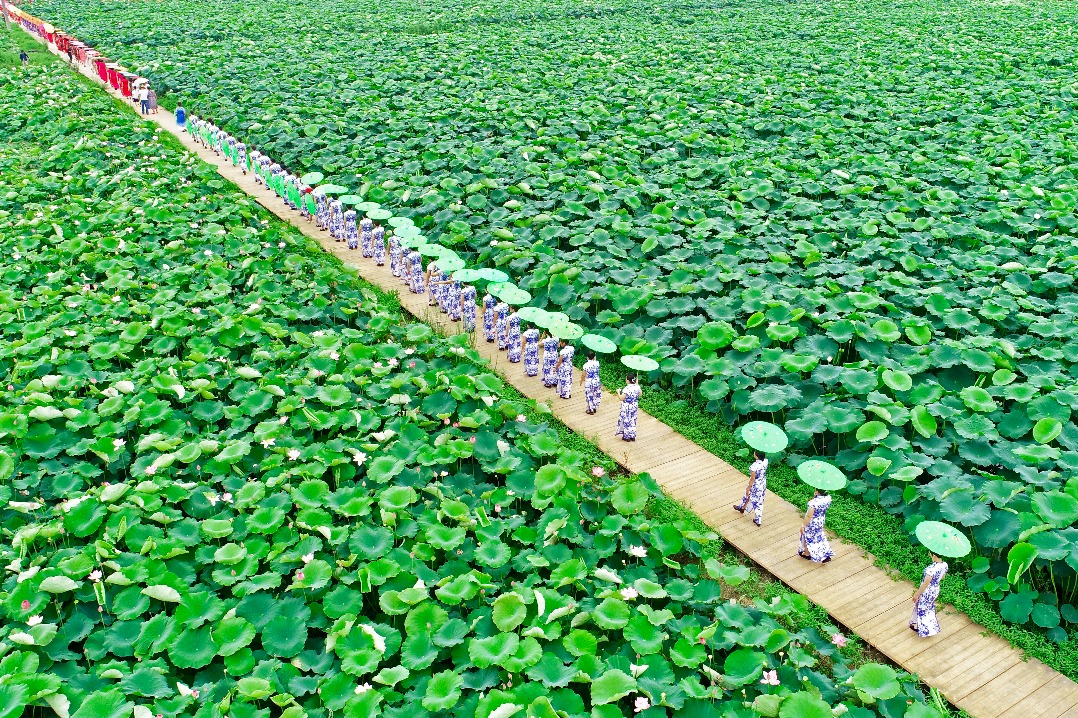Humanoids compete in global robot game
Over 500 humanoid robots from 16 countries compete in soccer, track, and skills events, showcasing cutting-edge AI technology and global innovation.


"We tailor our tactics to the specific strengths and weaknesses of each opponent and make adjustments during timeouts," he said.
Unlike human soccer, the roles of robots on the pitch can be easily changed. "Currently, our robots are assigned specific roles — forwards, defenders, and a goalkeeper," Chen said. "But we can always take a robot off the field and change its role to adapt our tactics."
On Tsinghua Hephaestus' five-robot squad, the two defenders mainly stay in their half of the field, while the two forwards push forward whenever the ball crosses midfield and a scoring opportunity arises.
"Our robots sometimes enter a 'power kick' mode," Chen said. "In this mode, they can kick the ball over long distances toward the opponent's goal with remarkable force."
Chen also noted that robots can sometimes outperform humans in certain actions thanks to the power generated by their joints, enabling moves like a "kip-up" to quickly spring back to their feet.
While teams push for innovation, they also face technical challenges.
"For me, the biggest challenge in robot soccer right now is communication," said Li Yiwen, leader of a team from Beijing University of Civil Engineering and Architecture.
He explained that robots occasionally behave unexpectedly due to programming errors — but these can often be corrected through human intervention.




































